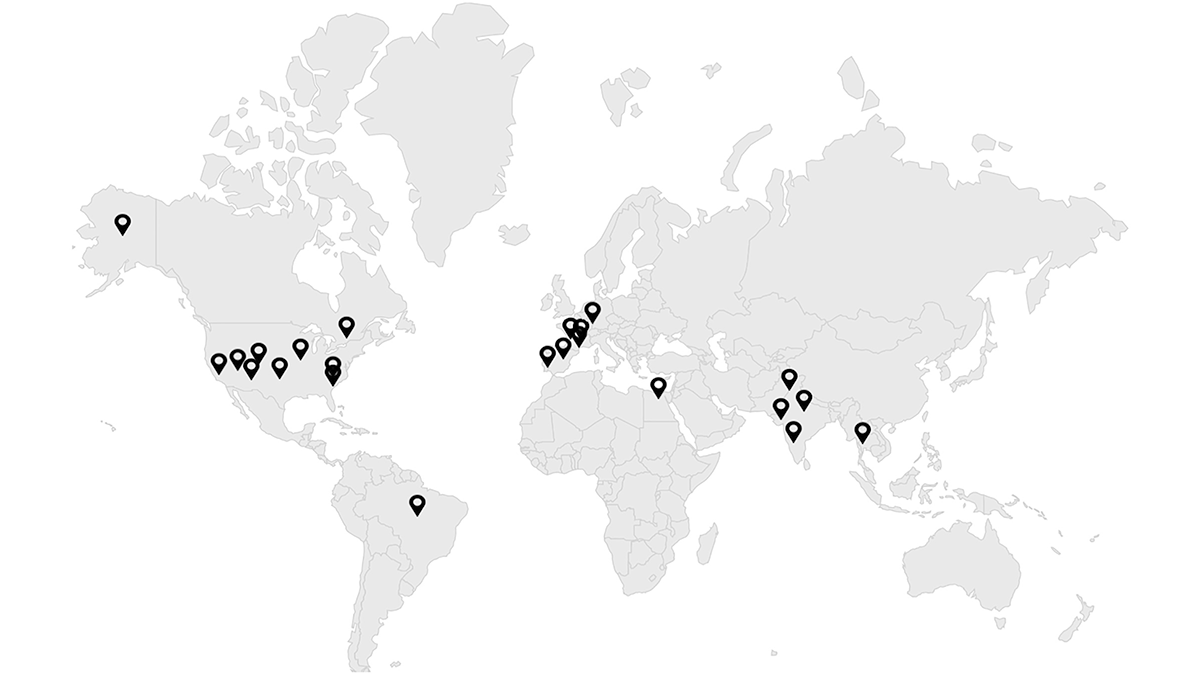About 50 years ago, vorticity thinking helped unveil basic properties of squall lines. Zhang now provides a closed theory, demystifying one of nature’s most important forms of convective organization.
Editors’ Highlights
A New Approach to Sea Spray Aerosol Production and Prediction
Sea spray aerosols play a critical role in atmospheric processes. A new approach is in strong agreement with observations, paving the way for improved models of atmospheric aerosols of oceanic origin.
First in Line to Track Blue Water From Space
“Blue water” is the water in rivers, lakes, and reservoirs. A new NASA mission will track blue water levels globally at least once a month. Early Adopters are eager and ready to use the data!
Roadside Plants Witness COVID Traffic
Radiocarbon in roadside plants revealed a decline in auto emissions during COVID lockdown and a 2021 rebound. Could this improve emission estimates in countries without CO2 monitoring infrastructure?
Marine Molybdenum Loss During the Toarcian Ocean Anoxic Event
The reconstructed loss of molybdenum during the Toarcian ocean anoxic event suggests deeply anoxic conditions during this time period allowing massive amounts of organic carbon being buried.
Eminently Complex – Climate Science and the 2021 Nobel Prize
The 2021 Nobel Prize in Physics was awarded for climate modeling and for the discovery of multifractals to describe intermittency and the scaling dynamics of climate variables, including extremes.
A Drier or Wetter Future for Southwestern North America?
Bhattacharya et al. present evidence that expansion of the North American Monsoon explains a wetter southwest in the mid-Pliocene and suggest this mechanism can explain current monsoon variations.
Differential Evolution of the Pacific Oxygen Minimum Zones
The latest generation of Earth System models simulate an expansion of the oxygen minimum zones in the Pacific, but their inner core, where oxygen levels drop to near zero, contracts in the future.
Good Trouble in Committees
Assigned to another committee? “Ugh,” you say. Think again, and read this article to see how that committee could be an engine of diversity for your organization and for the geosciences.
Winter Arctic Heatwave Drives Summer Impacts in Siberia
A cascade of land-atmosphere interactions resulting from a winter heatwave in Siberia led to significant summer impacts that further exacerbated the heatwave effects on the region.










